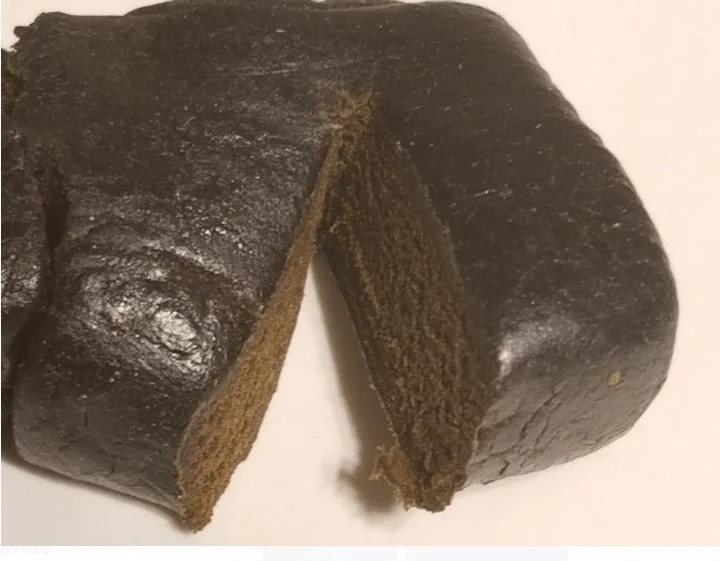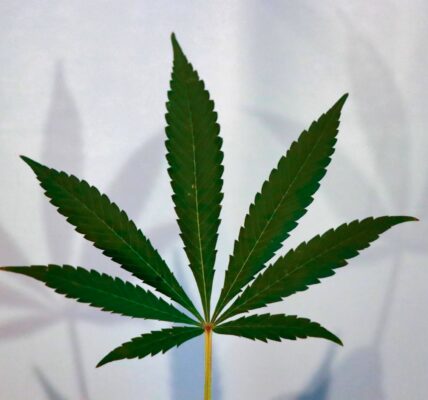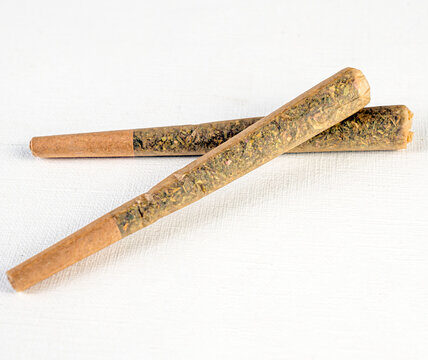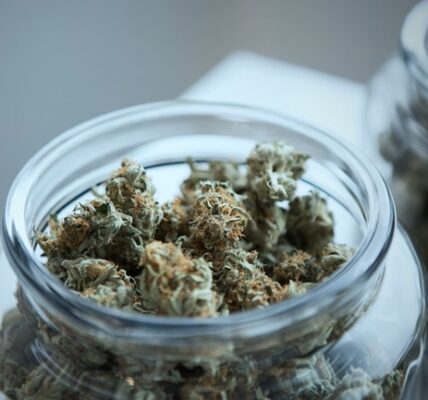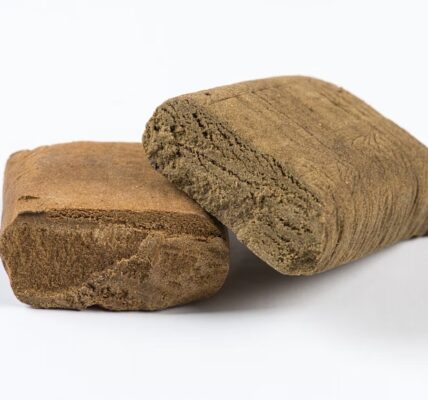Cannabis has been used for centuries in various forms, and one of the most traditional and potent products derived from the plant is hash. Whether you’re new to cannabis or looking to expand your knowledge, understanding hash can help you make informed choices about its use. This guide will cover what hash is, how it’s made, its different types, and how it compares to other cannabis concentrates.
What Is Hash?
Hash, short for hashish, is a concentrated form of cannabis made by collecting and compressing trichomes—the tiny, resin-filled glands found on cannabis flowers. Trichomes contain cannabinoids like THC and CBD, as well as terpenes that contribute to the plant’s aroma and effects. Hash is known for its potency and can be consumed in various ways, including smoking, vaporizing, or adding it to edibles.
How Is Hash Made?
The process of making hash involves extracting trichomes from cannabis plants and pressing them into a dense, compact form. There are several traditional and modern methods for producing hash, each resulting in a unique texture, color, and potency.
1. Hand-Rubbed Hash
One of the oldest methods involves gently rubbing fresh cannabis flowers between the hands. The friction causes the sticky resin to collect on the palms, which is then scraped off and formed into small balls or slabs. This technique is common in regions like India and Nepal, where hand-rubbed hash is known as “charas.”
2. Dry Sift Hash
Dry sifting is a method that involves rubbing dried cannabis over a fine mesh screen. The trichomes fall through the screen, forming a fine powder called kief. When compressed using heat and pressure, kief turns into hash.
3. Bubble Hash (Ice Water Hash)
Bubble hash is made using ice water and fine mesh bags to separate trichomes from cannabis plant material. The cold temperature helps break the resin glands away from the plant, and they are then filtered, dried, and pressed into hash. This method preserves more terpenes and results in a cleaner product.
4. Rosin Hash
Rosin hash is created by applying heat and pressure to cannabis flowers or kief, causing the resin to ooze out. This solventless extraction method results in a pure and potent concentrate without the need for chemicals.
Different Types of Hash
The texture, potency, and appearance of hash can vary depending on the production method. Here are some common types:
- Afghani Hash: Dark, sticky, and often hand-pressed, Afghani hash is known for its high potency and deep, earthy aroma.
- Moroccan Hash: Traditionally dry-sifted and pressed, Moroccan hash tends to be crumbly and lighter in color.
- Lebanese Hash: This type comes in red or yellow varieties, depending on how long the cannabis plants are cured before processing.
- Bubble Hash: Ranges from light to dark brown and is known for its purity and high THC content.
- Charas: Hand-rubbed hash with a soft texture and a spicy, aromatic scent.
How to Use Hash
Hash can be consumed in multiple ways, making it a versatile choice for cannabis users:
- Smoking: Crumble hash and mix it with dried cannabis or tobacco in a joint, pipe, or bong.
- Vaporizing: Use a vaporizer designed for concentrates to heat hash without combustion, preserving its flavors and effects.
- Dabbing: Some types of hash, like bubble hash or rosin, can be used in dab rigs for a potent experience.
- Edibles: Hash can be infused into butter or oil to create cannabis edibles, though it must first be decarboxylated (heated) to activate the THC.
Hash vs. Other Cannabis Concentrates
Compared to modern cannabis concentrates like shatter, wax, and live resin, hash is a more natural and traditional extract. While newer concentrates use solvents like butane or CO2 for extraction, hash is often made without chemicals, making it a preferred choice for those who favor solventless products. However, newer concentrates may offer higher THC levels and different flavor profiles due to advanced extraction techniques.
Conclusion
Hash is a powerful and historic form of cannabis concentrate that continues to be popular among enthusiasts. Whether you prefer traditional hand-pressed hash or modern bubble hash, understanding its types, production methods, and consumption techniques can help you enjoy its benefits responsibly. As always, start with a small amount, especially if you’re new to concentrates, and enjoy the experience mindfully!

